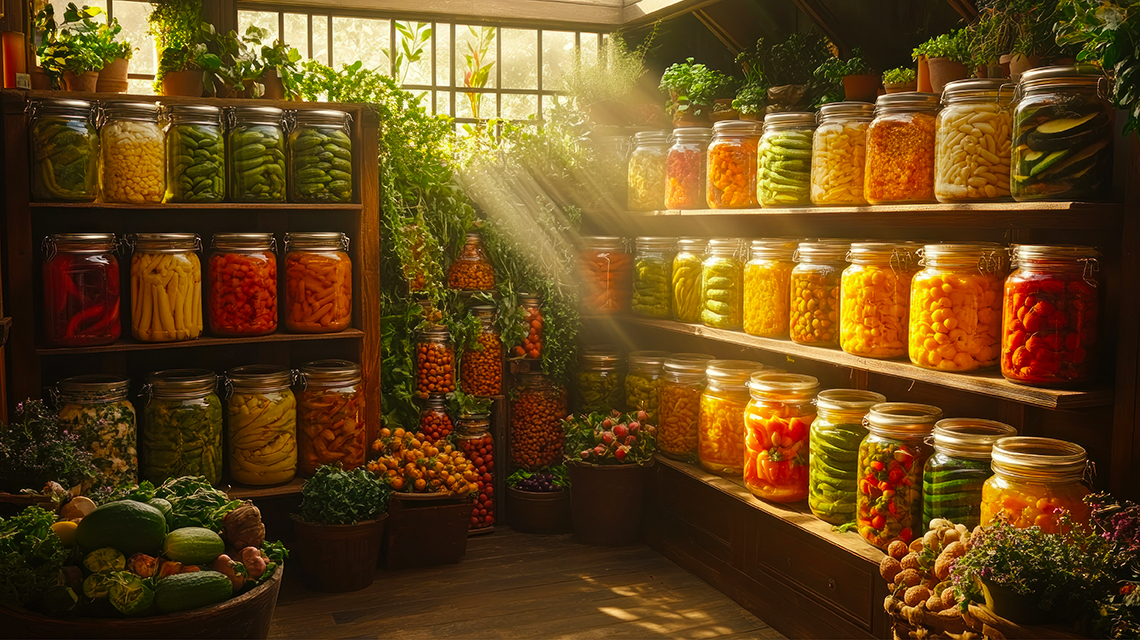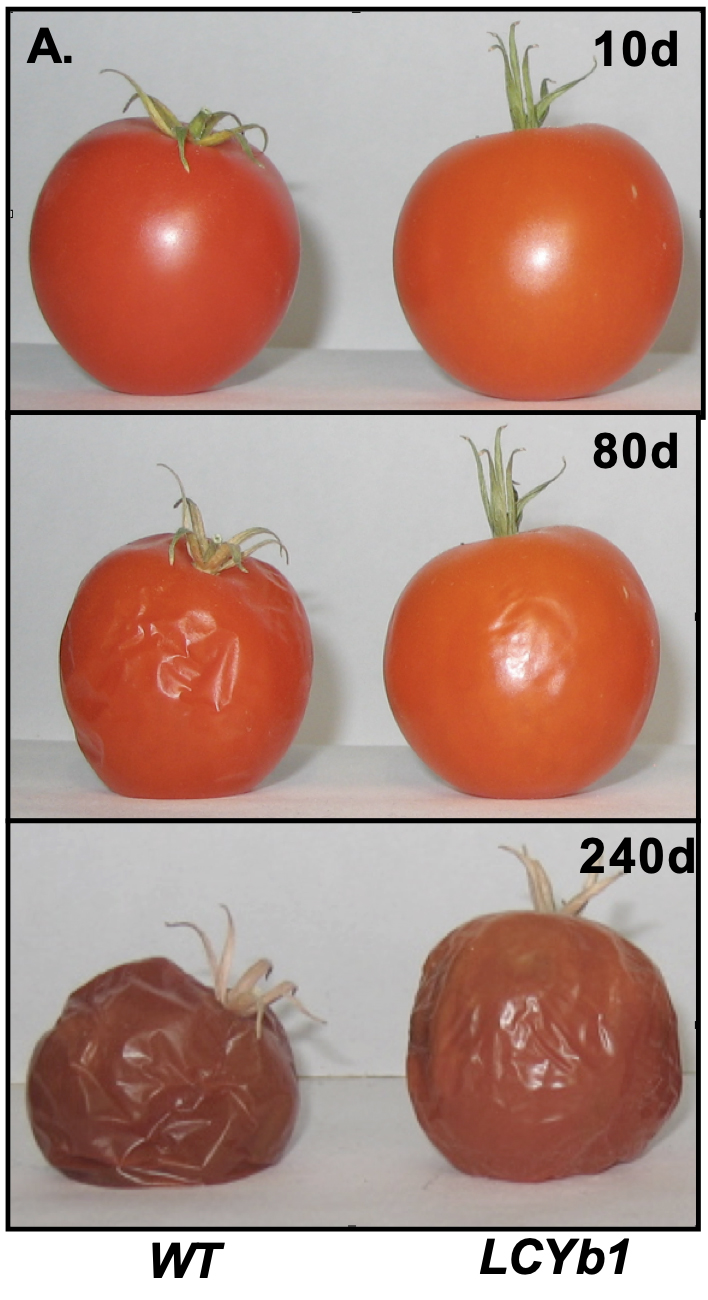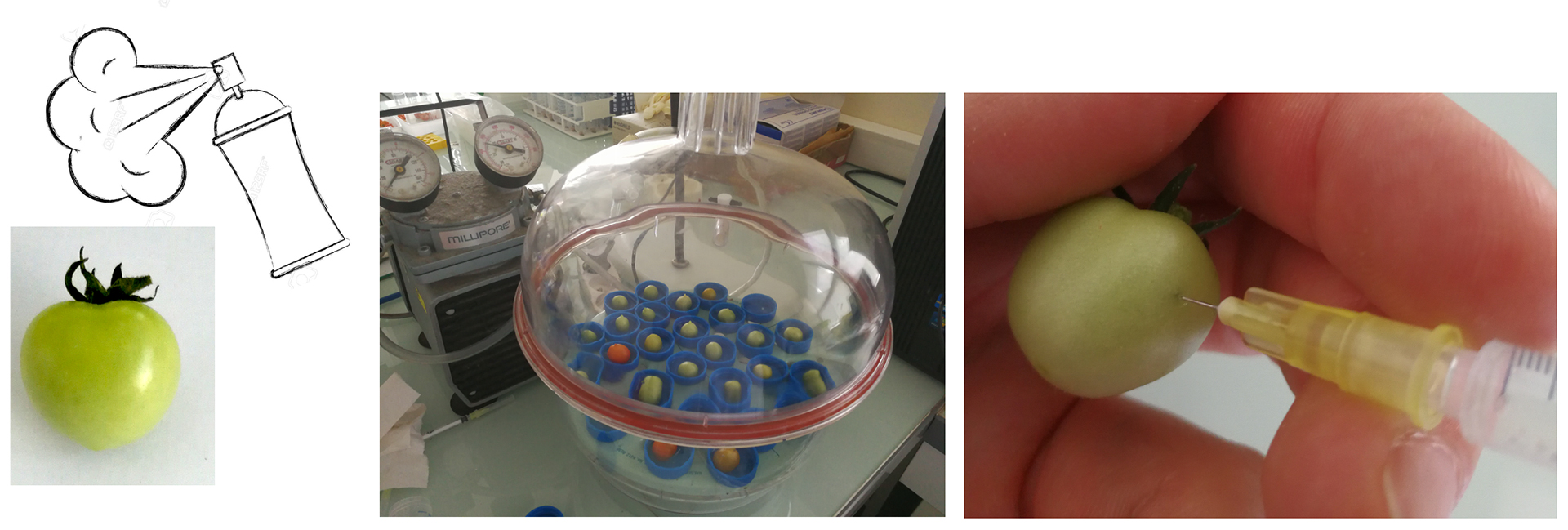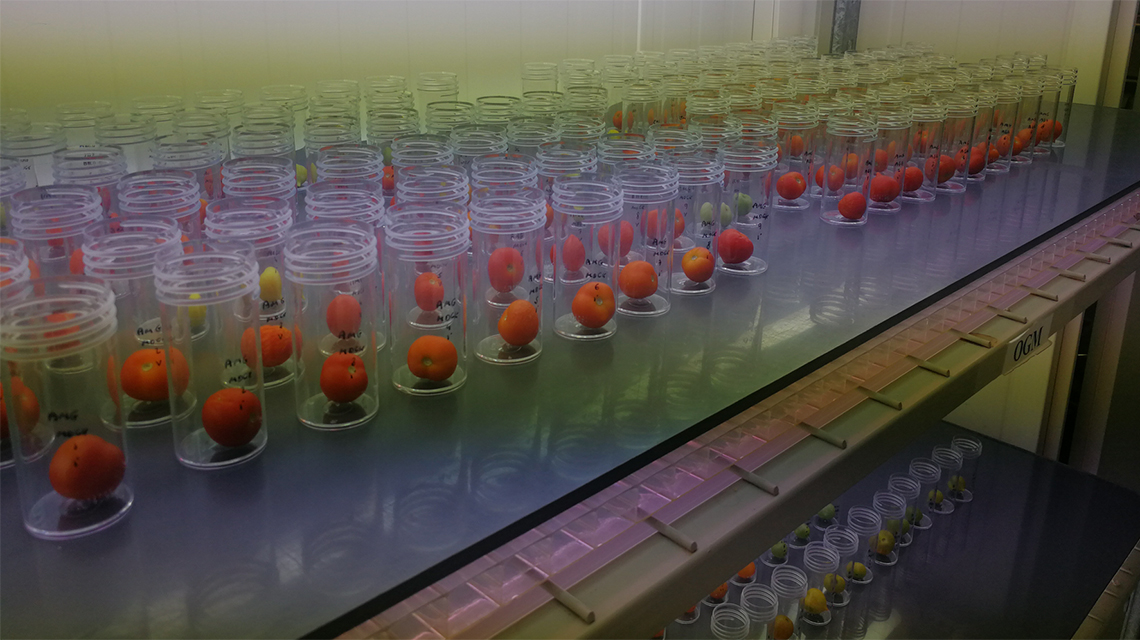Italian National Agency for New Technologies, Energy and Sustainable Economic Development

Agri-food: Natural molecules to 'extend' shelf life of fruit and vegetables
Extending the shelf life of fruit and vegetables using natural molecules, reducing energy consumption and the environmental impact of the agri-food chain, is the objective of the “Fruitprint” project, funded by the Horizon Europe program and coordinated by a consortium of twelve partners from seven countries [1],
including ENEA for Italy, Scuola Superiore Sant'Anna di Pisa and the Bolzano company Isolcell.
“The current challenge is to ensure sufficient food for everyone and reduce food waste, while decreasing the carbon footprint of the entire agri-food sector,” explained Gianfranco Diretto, head of the GREEN Biotechnology Laboratory and ENEA contact for the project. “In this context, post-harvest conservation of fruit and vegetables is crucial. Our contribution to the ‘Fruitprint’ project will be to identify new natural bioactive molecules capable of slowing down the ripening process. This involves the use of highly advanced technologies that include in silico (computational analysis) and in vivo tests on widely distributed and consumed agri-food products such as tomatoes and apples.”
Among the most promising molecules are carotenoids and apocarotenoids, natural compounds that ENEA has long been studying for their antioxidant properties, which make them valuable for promoting health. Carotenoids are natural pigments that give their yellow, orange, and red colors to carrots, tomatoes and peppers. They protect plants from excessive sunlight and scontribute to photosynthesis. Some, like beta-carotene, are converted by the body into vitamin A, crucial for vision, the immune system and skin health. Apocarotenoids, on the other hand, are derivatives of carotenoids and play a key role in the immune response and in the production of aromas and fragrances, as in saffron. "And in our research laboratories, we will test the effectiveness of these molecules on post-harvest shelf life and understand how they affect the ripening process of fruit and vegetables," said Diretto.
Today, the main technology for extending the shelf life of fresh produce is controlled atmosphere, which uses low temperatures and reduced oxygen levels to slow down the metabolic processes of fruit and vegetables. However, this system can impact the carbon footprint of the agri-food chain due to high energy consumption. An alternative is the use of chemical compounds (such as 1-MCP[2]) that block ripening by inhibiting ethylene, the plant hormone responsible for fruit ripening. However, this solution has limitations, as it can alter the organoleptic characteristics of foods.
Notes
[1] The partners are: Ghent University (Belgium); Interprofessional Technical Centre for Fruits and Vegetables and the project coordinator Institut Polytechnique de Toulouse (France); University of Münster (Germany); Cloudpharm Private Company (Greece), ENEA, Isolcell S.p.A. and Scuola Superiore Sant’Anna (Italy); the international organization CIHEAM Chania - Mediterranean Agronomic Institute of Chania; CSIC - Spanish National Research Council (Spain); the Gulbudak company and Akdeniz University (Turkey).
[2] "1-MCP" or "1-methylcyclopropene" – the chemical structure of the molecule describes "1-methyl" which indicates that there is a methyl group (-CH₃) attached to the first carbon atom of the molecule and "cyclopropene" which indicates that the molecule has a three-carbon ring (cyclopropane) with a double bond.



